Long Island Sound defines our region—it is both our heritage and our future. Whether a critical transportation route and settlement area for a newly minted country, a cornerstone of economic development during a rising industrial age, a livelihood for those working shellfish beds, or a quiet spot for boating and beach-going, it is part of who we are and how we do business.
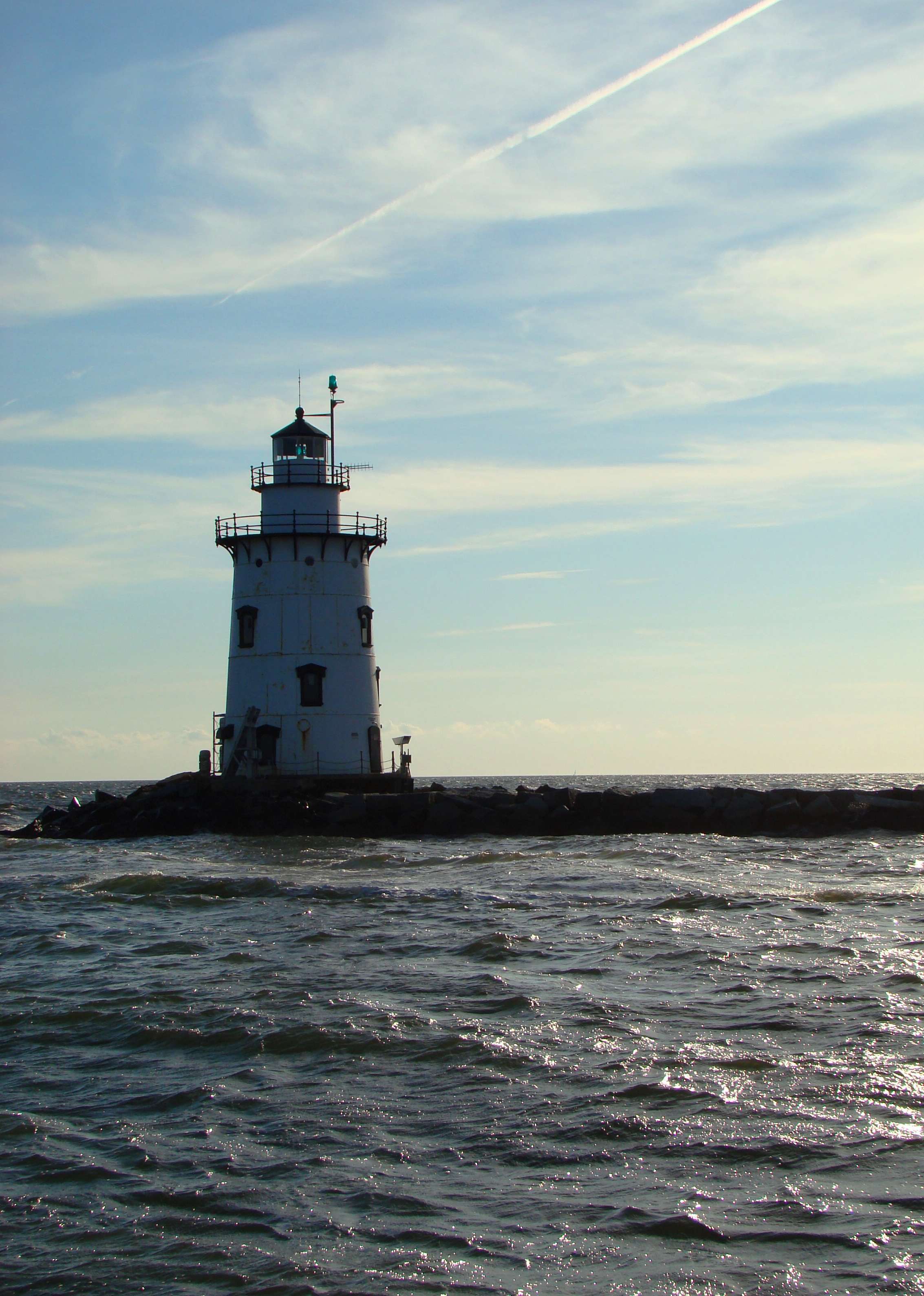
As a community we have tackled some threats to the Sound head on, and won. We need look no further than Shell’s attempt to build Broadwater, a massive liquefied natural gas platform, in the middle of this water body. Connecticut and New York stood shoulder to shoulder declaring this to be “Our Water, Not Broadwater.” And this year, we celebrated the official end of the Broadwater battle when Broadwater Pipeline LLC withdrew their certificates from the Federal Energy Regulatory Commission.
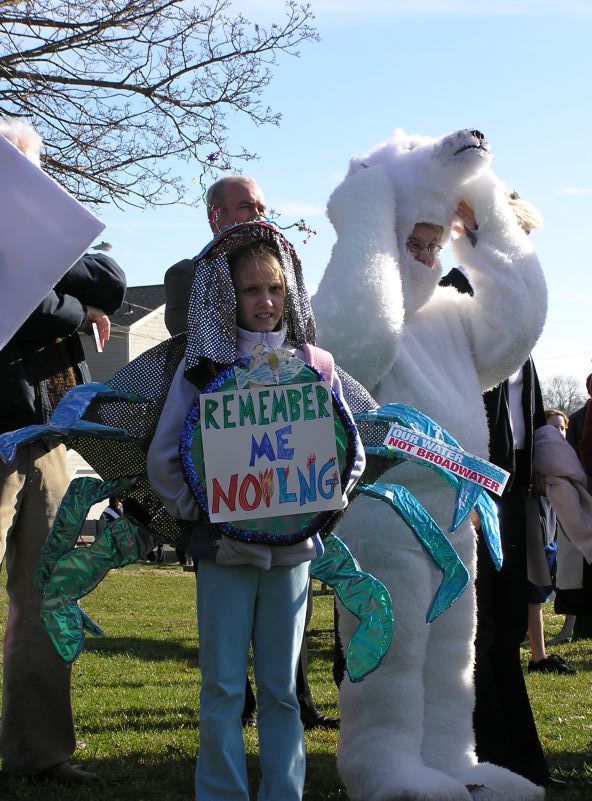
In Connecticut, the state recently reinvested over $1.5 billion to upgrade sewage treatment plants discharging raw sewage, and its by-products, into the Sound. And just last year in New York, 2,500 acres of shellfish beds in Hempstead Harbor were reopened after being closed for 40 years.
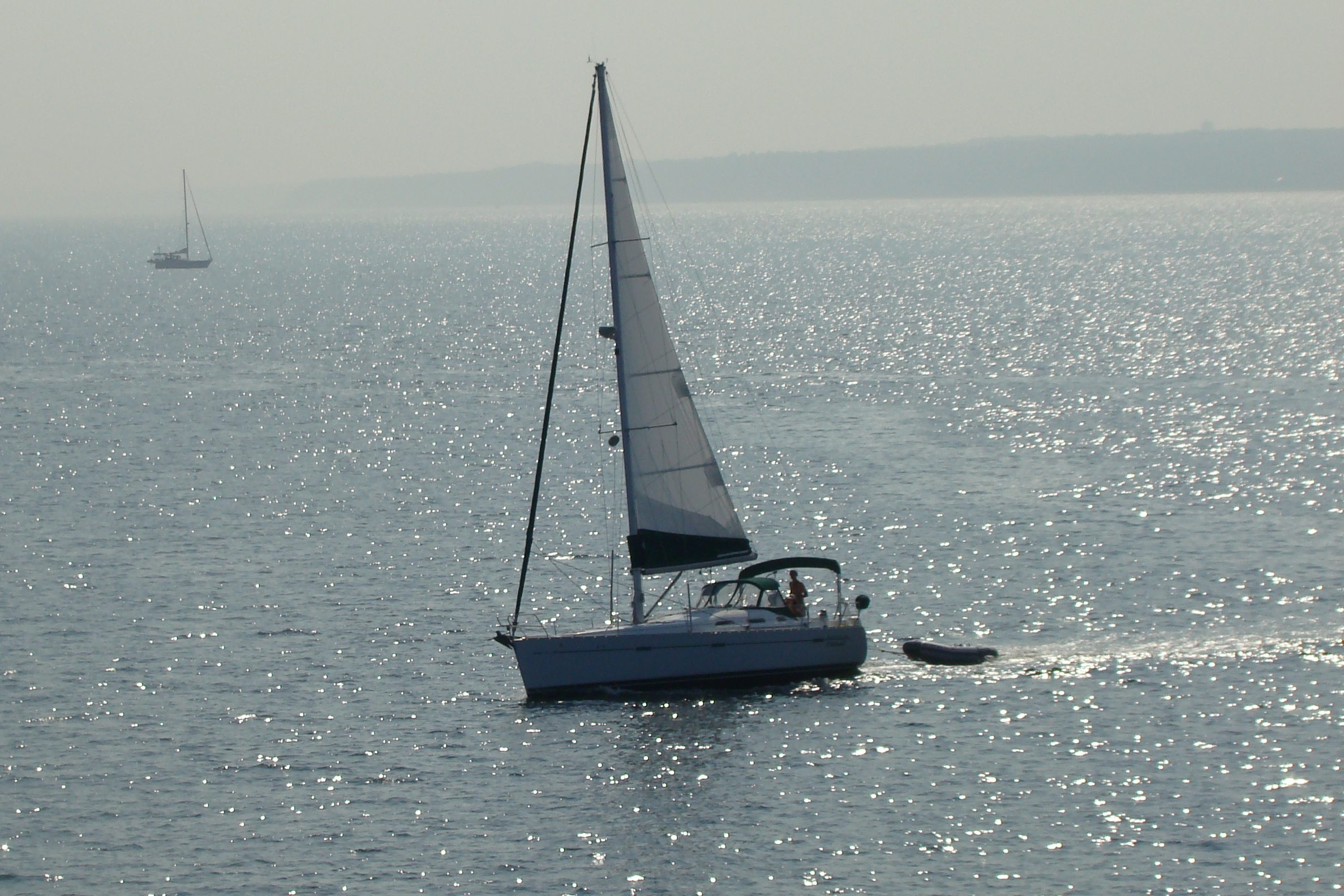
However, to preserve the beauty and sanctuary this estuary provides for humans and wildlife alike, we must continue developing the partnership among local, state, and federal governments. State of the Sound, our report grading the region’s efforts in meeting key management milestones, shows that the Sound still battles raw sewage, stormwater runoff, and excess nutrients; these pollute water and close beaches and shellfish beds. Our coastal habitats, like marshes, forests, shellfish reefs, sand dunes, and eelgrass beds, are also at risk. They are important buffers and provide food and shelter for a multitude of species, including fledgling birds and juvenile marine life. However, beach litter, climate change, and over-development loom large.
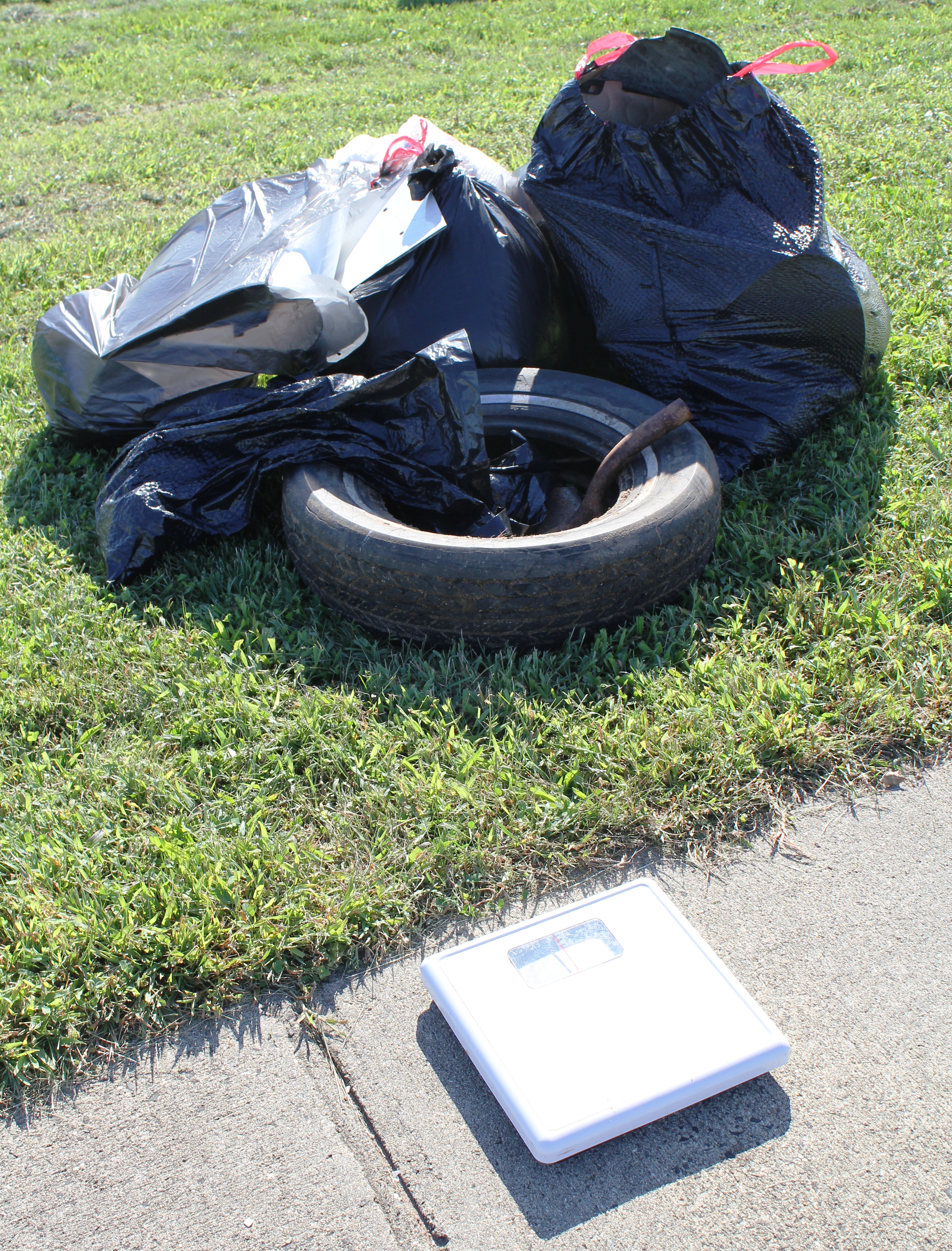
What has become increasingly clear is that government participation is only part of the solution to the Sound’s ailments. The other key is the continued help of residents. Thousands and thousands have joined in cleaning up our coastline and helping preserve habitat through a restoration or eelgrass planting, many more have picked up the phone to call an elected official, and still others have made changes around their own homes, like reducing fertilizer use.
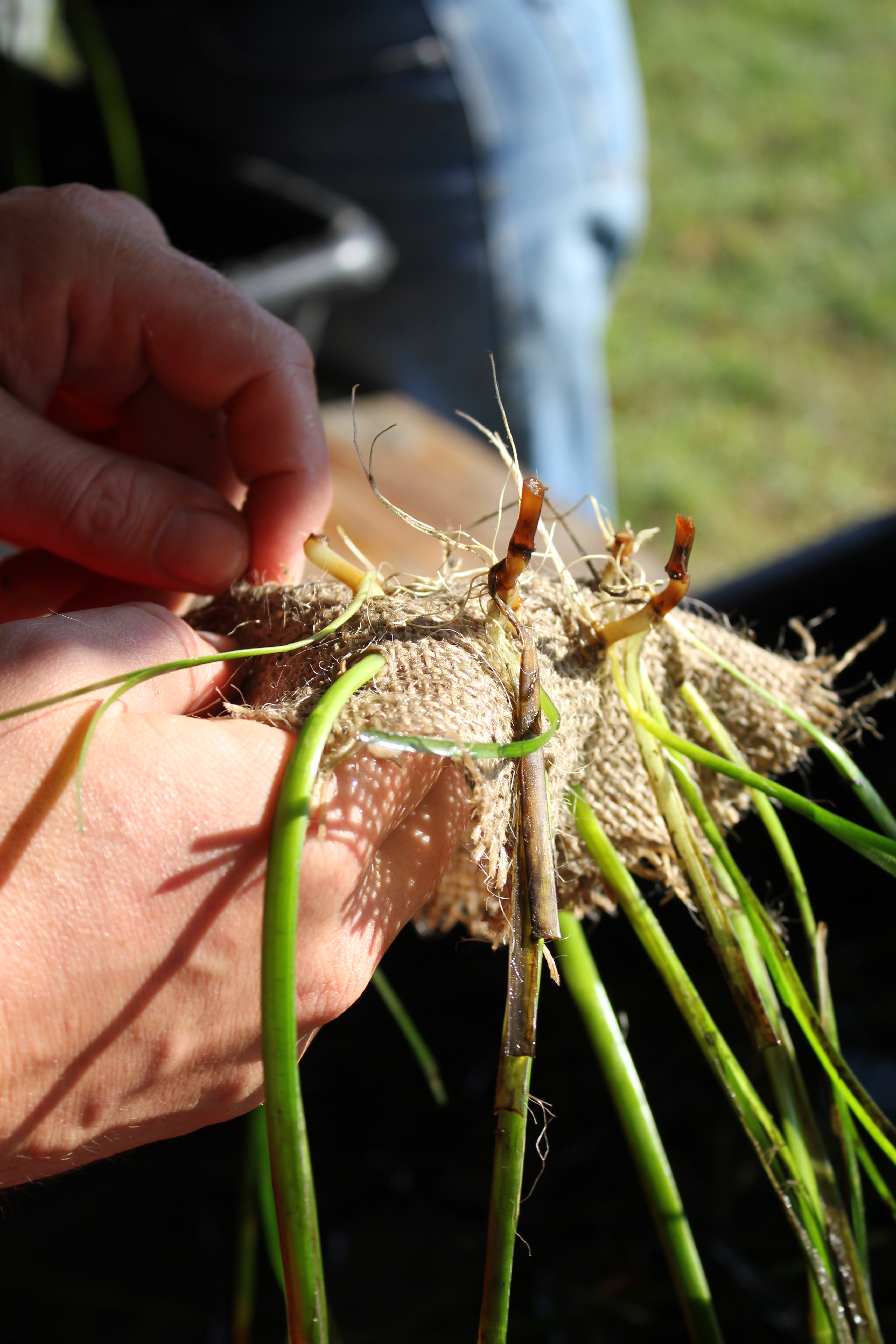
This Friday, May 25, ushers in Memorial Day weekend, the unofficial start of summer. How appropriate, then, that Friday is also Long Island Sound Day. As residents from Connecticut and New York enjoy sun and surf along the shores of this great estuary, we hope they take pride in the successes they have helped create, and recommit themselves to ensuring that the Sound we leave for future generations is healthy, vibrant and accessible by all.
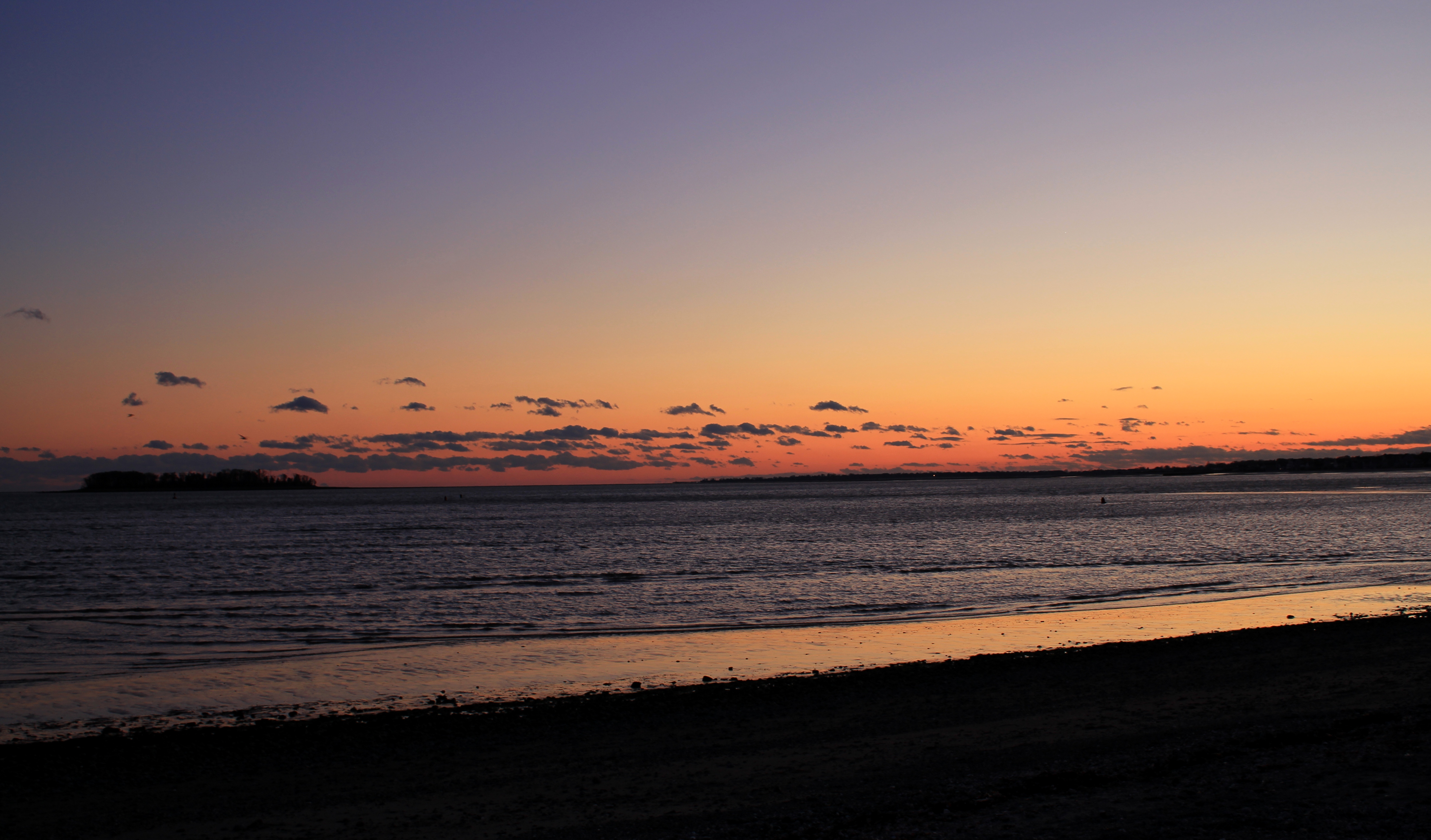
Please check back here every day this week as we celebrate the Sound with guest posts by people making a difference in the health of our regional treasure!
Posted by Leah Schmalz, director of legislative and legal affairs for Save the Sound
